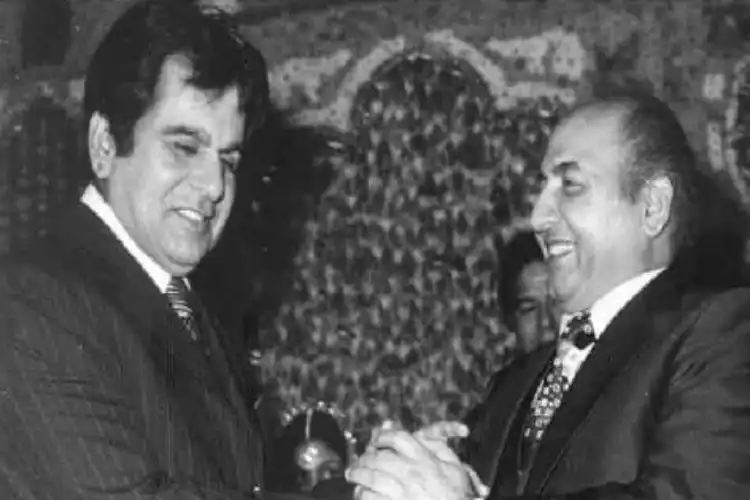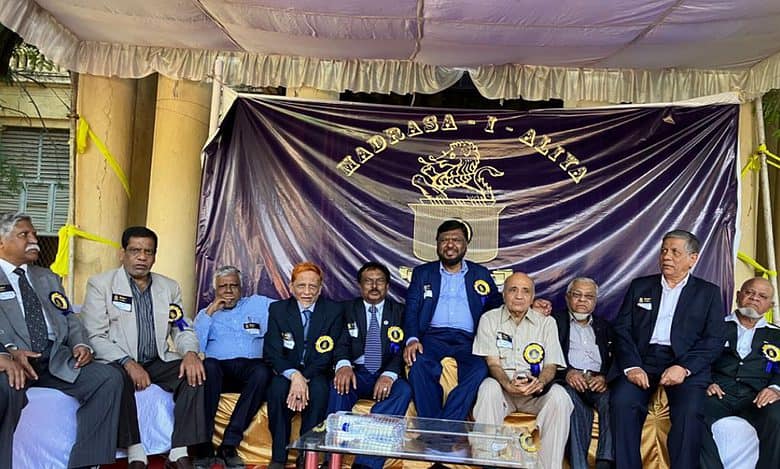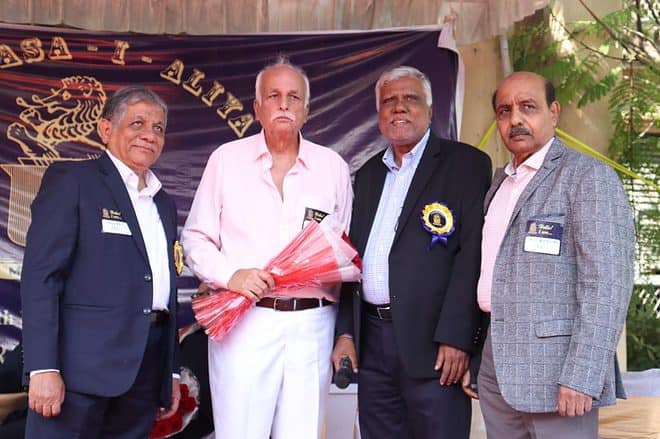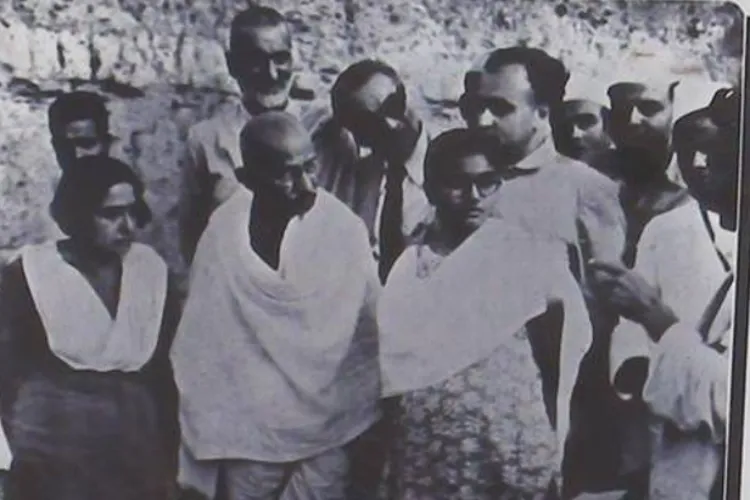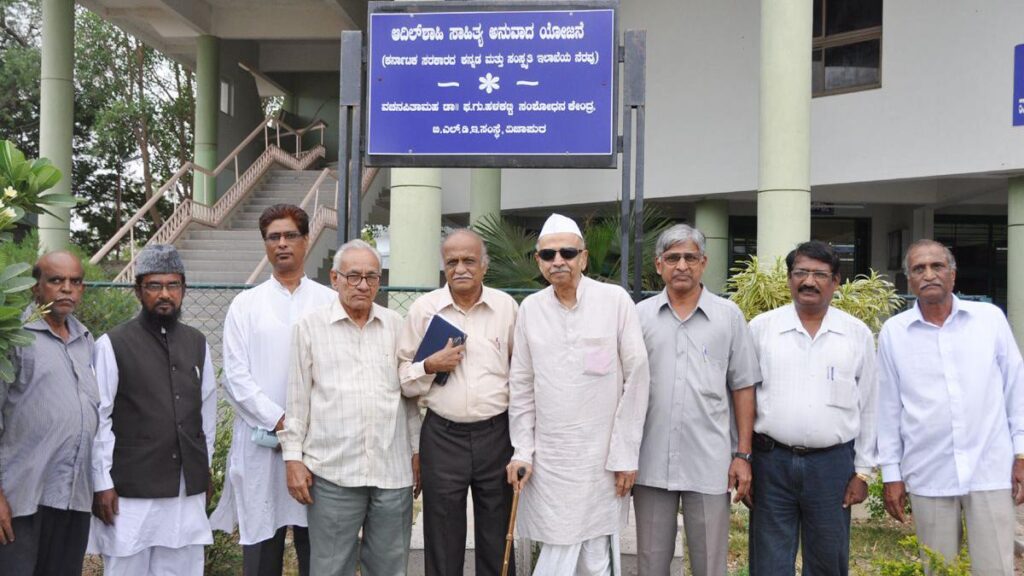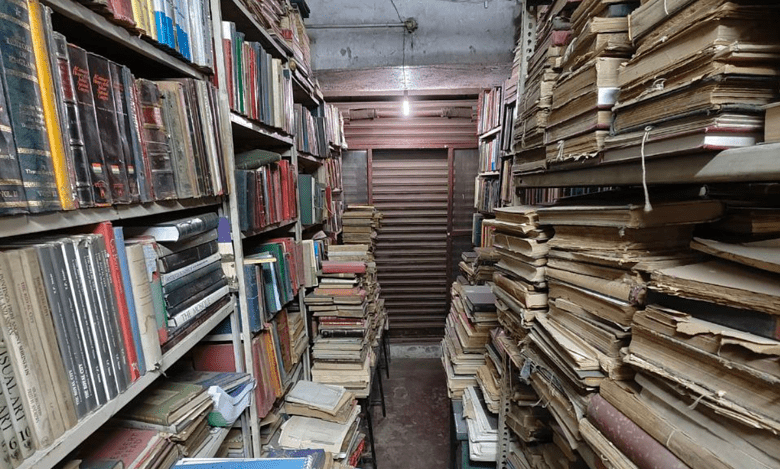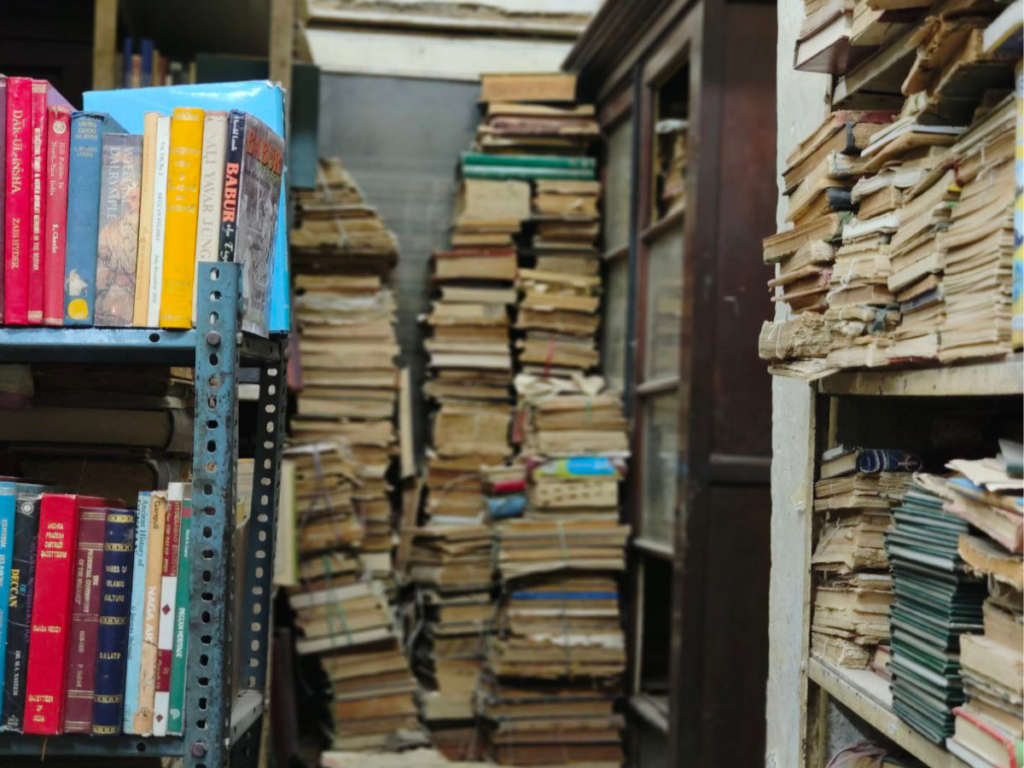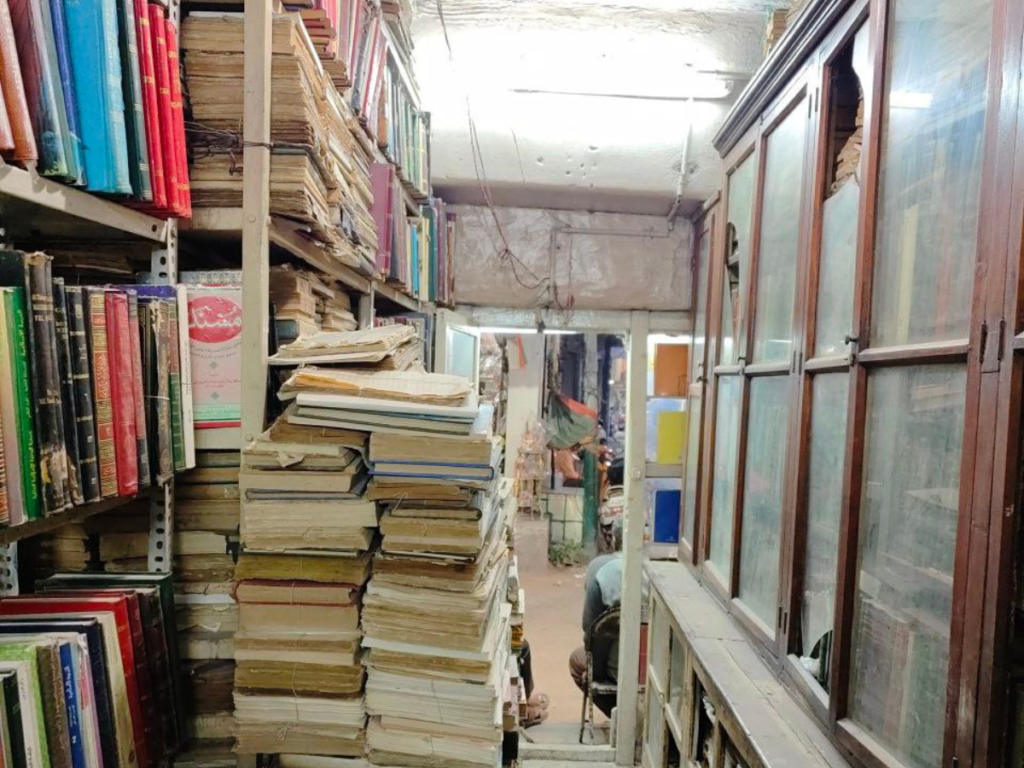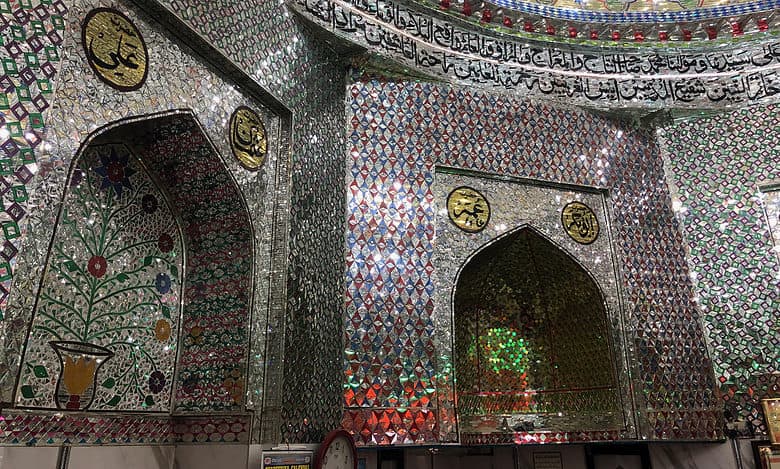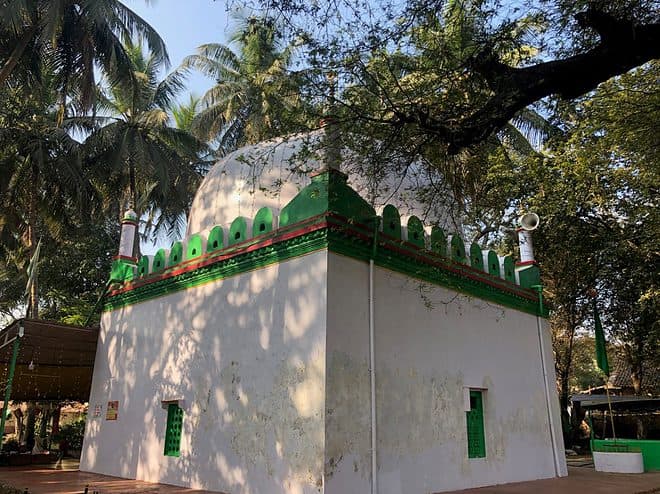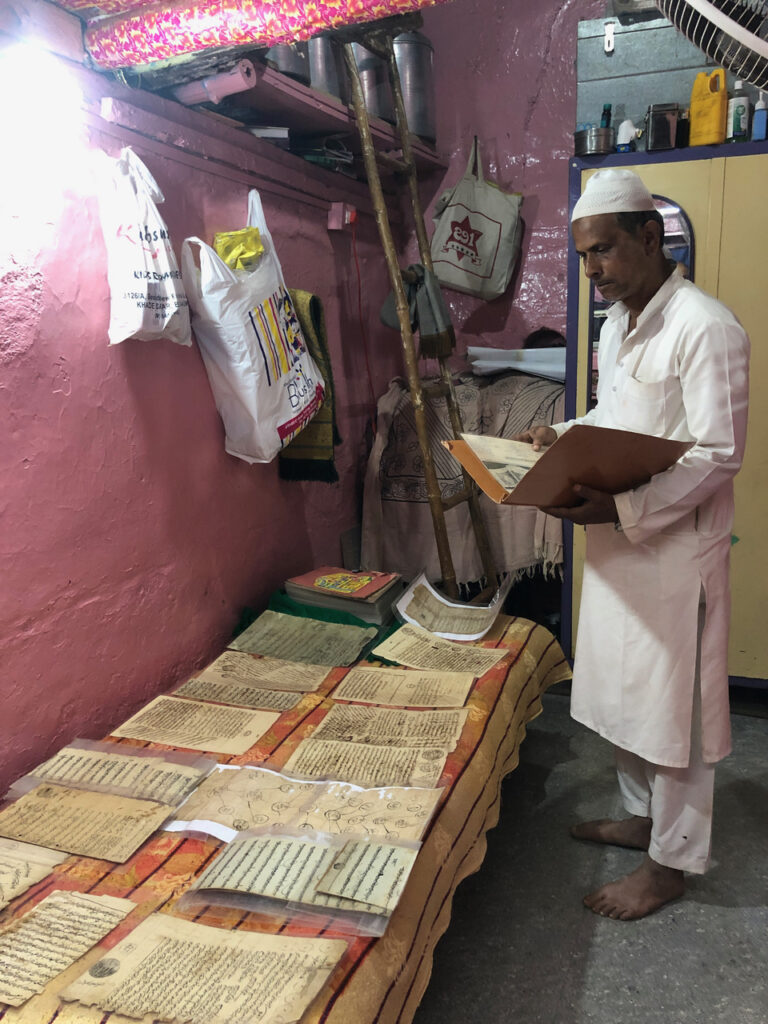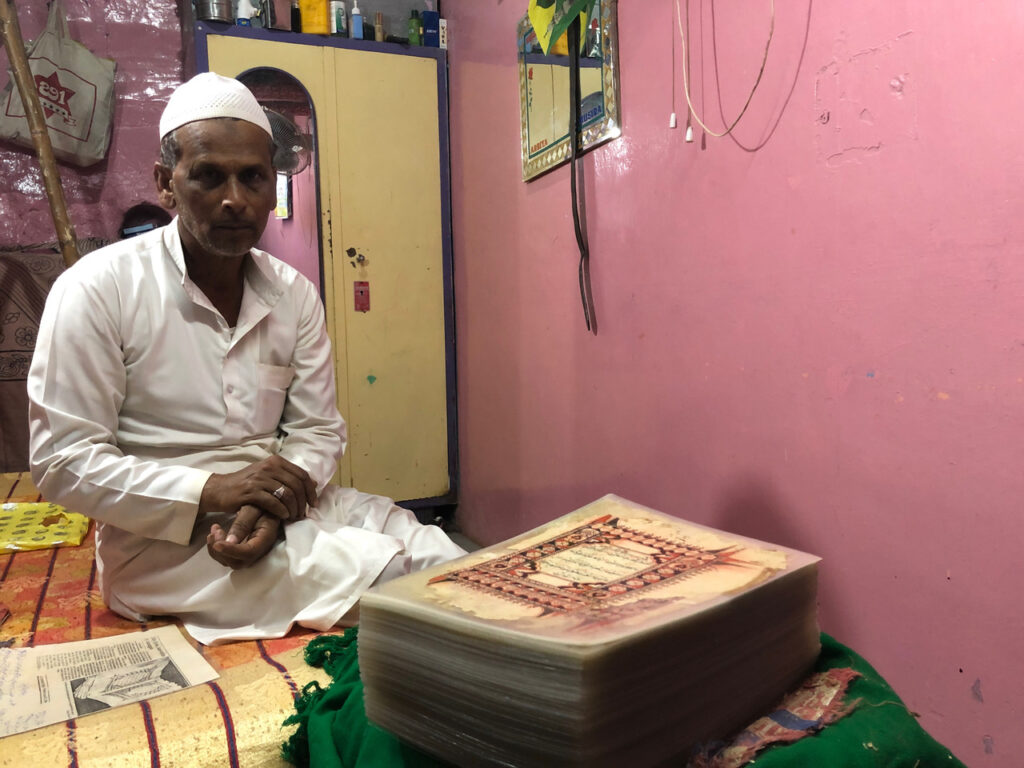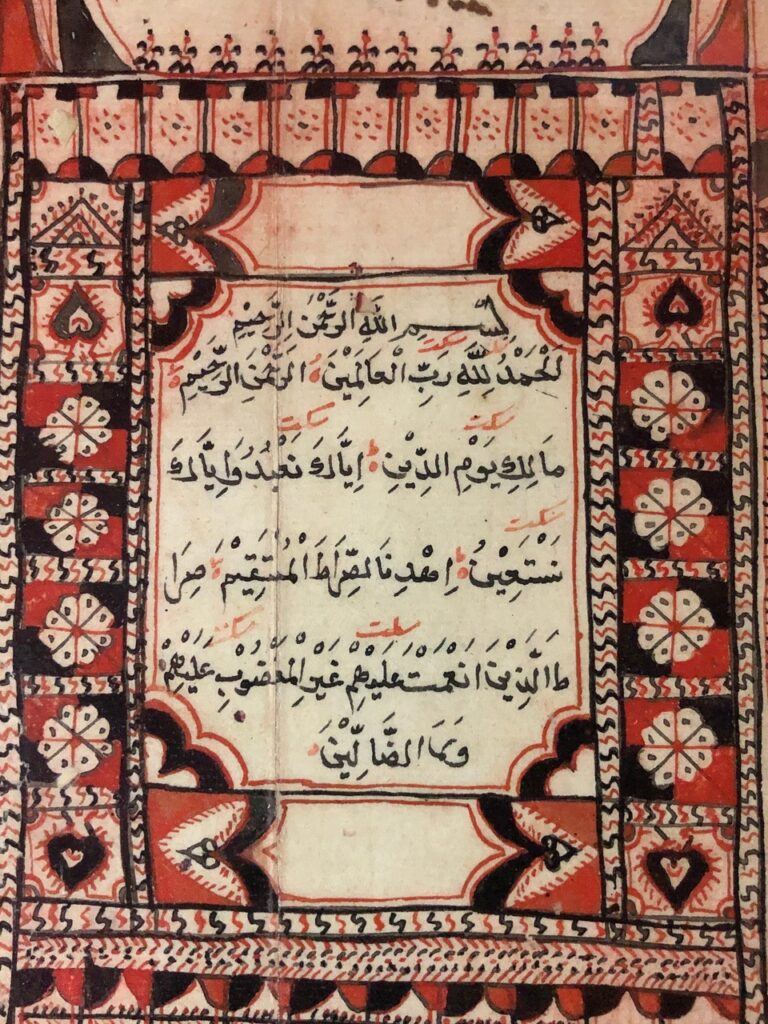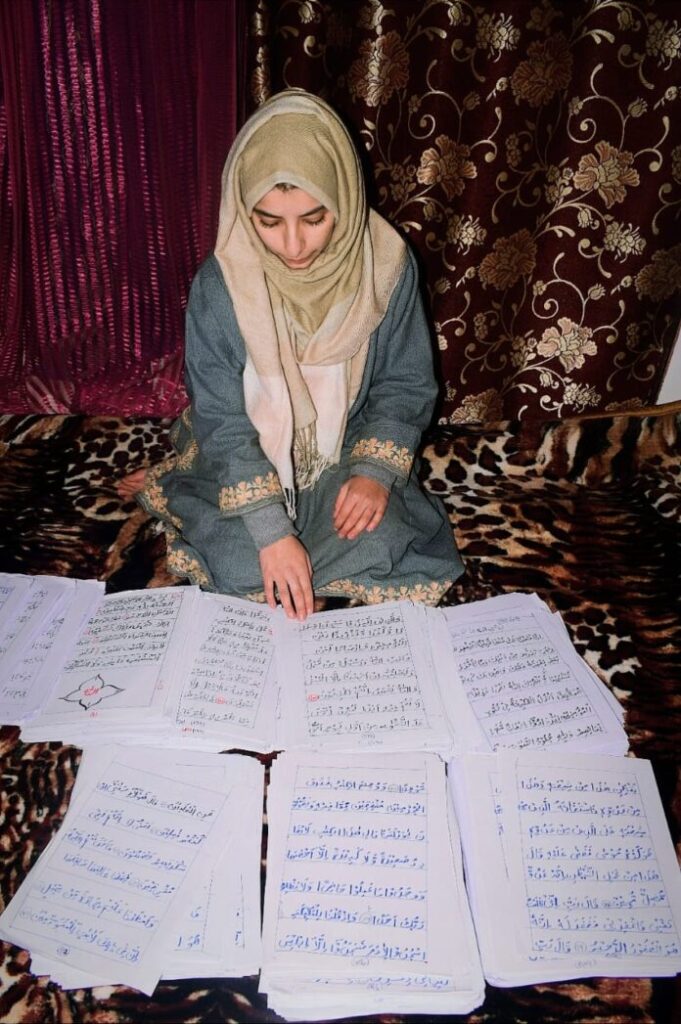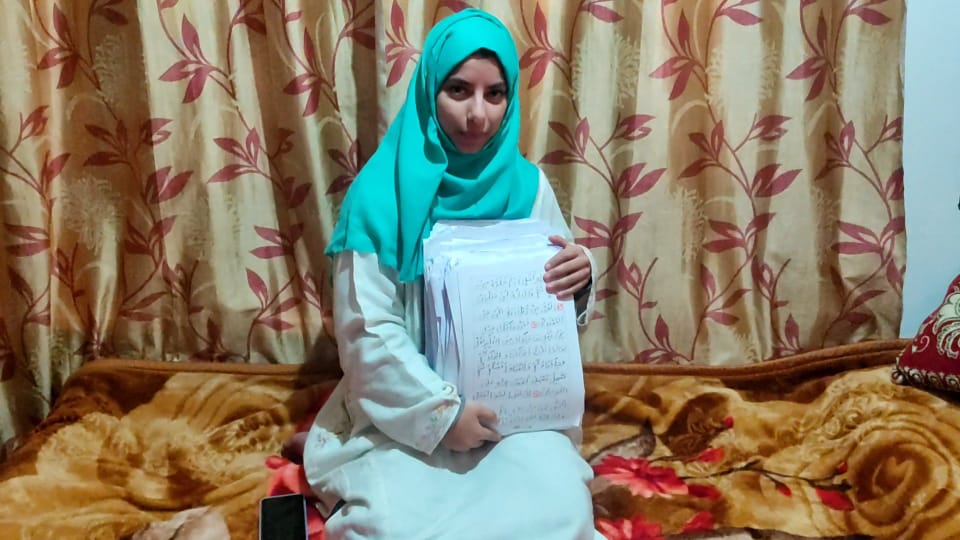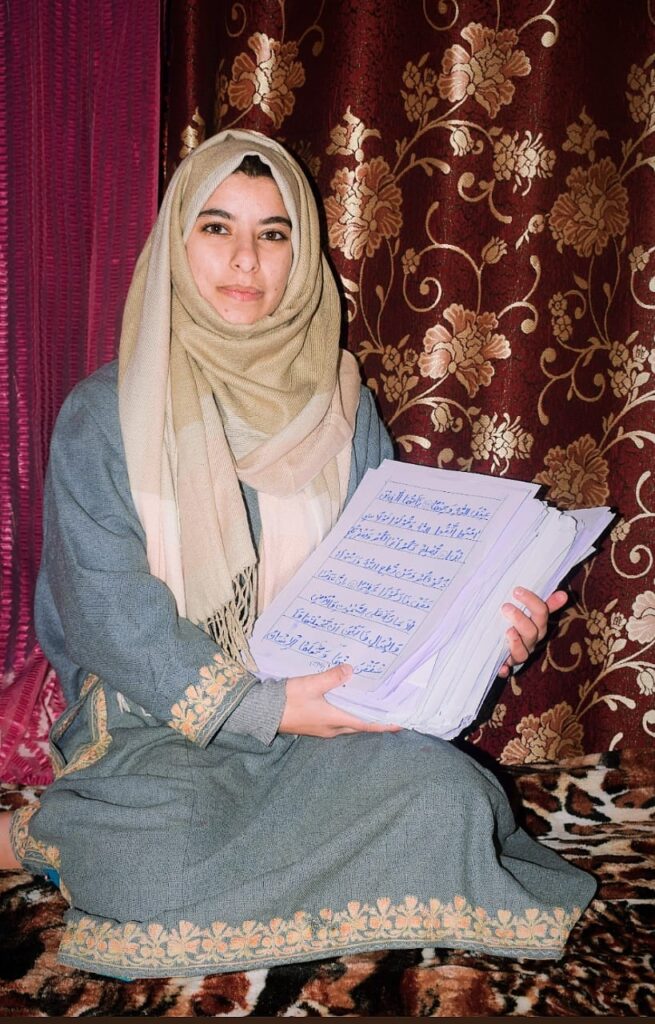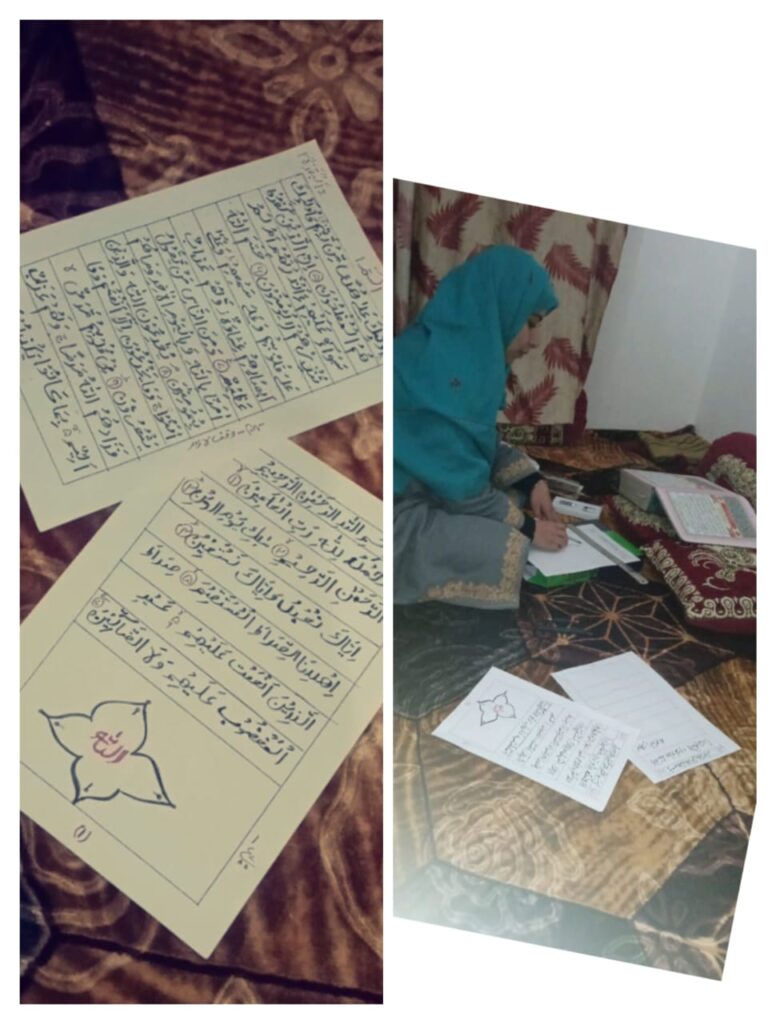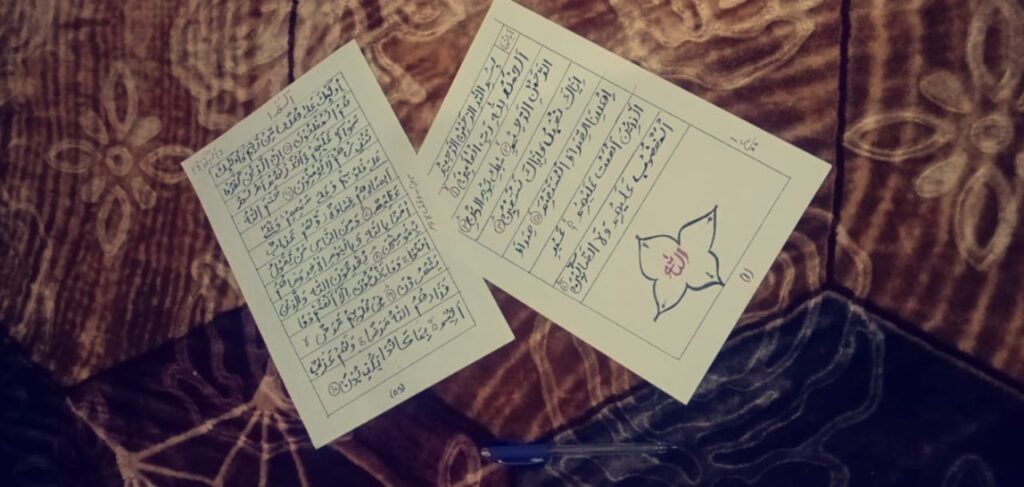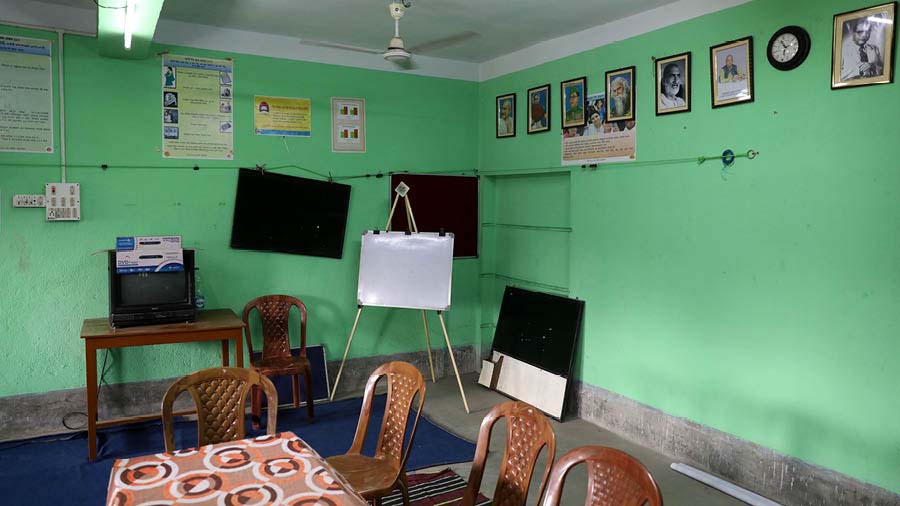Samana, PUNJAB:
Samana (Patiala):
This sleepy north Indian town is all set to become a major pilgrimage centre for Shia Muslims following the chance discovery of a tomb said to belong to Imam Sayyid Mash-had Ali, a son of Imam Ali Raza, the eighth descendant of Prophet Muhammad. Samana is located 28 kilometers from Patiala in the Indian state of Punjab.
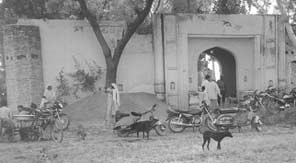
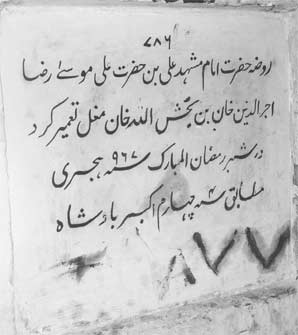
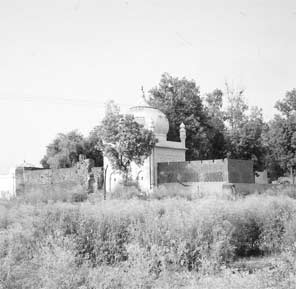
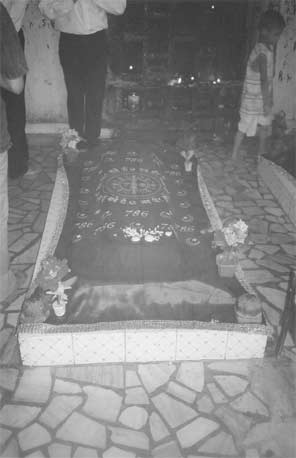
a. (http://www.imamjawad.net/htm/ara/ library/mosoa_imam_jawad/m2_ 3.htm#m4).
According to scholars of Muslim history, the discovery of the mazar is significant in that there is no mazar of any Imam in South Asia.
Scholars are of the view that Imam Sayyid Mash-had Ali was buried here about 1200 years ago and the town of Samana also takes its name from his mother. Facts related to this have been confirmed with old religious books, sources claimed. But we do not find “Mash-had” as one of the sons of Imam Ali Raza who, according to historical sources, had only two sons: Ali (the ninth Imam) and Moosa. According to some sources, he also had a third son called Yahya. (http://www.imamjawad.net/h
The Samana tomb was discovered by chance during the visit of Lahore High Court Judge, Shabbar Rizvi, about three months ago, when the stone at the shrine was cleared. Judge Rizvi, whose family emigrated from Samana at the time of Partition, told the local administration that a great saint lies buried at the place and he asked them to clear the place. Upon clearing it the inscription emerged.
Since its discovery, the mazar has been thronged by a host of important Shia dignitaries, including clerics from Lucknow and diplomats from the Iranian embassy in Delhi. They are now working on plans for its restoration and renovation.
A team comprising of Lucknow’s Maulana Kalbe Jawwad and two functionaries of the Iranian Embassy in Delhi accompanied by Dr Nasir Naqvi, a teacher of Punjabi University, visited the tomb. The Iran Cultural House in Delhi is planning to hold a seminar on this discovery in Chandigarh.
Maulana Kalbe Jawwad informed MG that while visiting Delhi recently he was told that there existed a tomb of a “saint” who is said to be a pedigree of the Eight or the Ninth Imam of the Shiites. During his visit to the place, he was told that Sayyids were living at the place but after Partition it was ruined as the Muslim inhabitants emigrated to Pakistan. Sikh Nihangs told him that they tried to build a Gurudwara on the spot but whenever they erected any structure it crumbled. Owing to superstition, they left the place untouched and asked the Punjab Waqf Board to grant them some other land and the same was granted to them at a distance of 200 meters from the site of the grave. Maulana Jawwad added that the tomb exists from the time of Emperor Akbar. He said that he would be leaving for Iran on 11 July to track the history of the tomb and if proved it would be the greatest religious site of Muslims in the Subcontinent as there is no proof that any descendant of the Prophet is buried in South Asia.
Maulana Jawwad also said that he is thinking of facilitating the transfer of about 5000 Shiite families to Samana in order to inhabit the place and take care of the tomb.
In Samana, Sant Kirpalji of Gurudwara Thada Saheb (situated at a distance of a kilometer from the tomb) told MG that the Sikh order called “Buddha Dal” took care of the tomb after Partition. Earlier the place was served by Thambi Baba who disappeared one day. Now a Brahmin called Mangat Ram takes care of the place and keeps it clean out of love. Sant Kirpalji also said that he has seen a book in Urdu about the history of Samana. According to him Persians of “Samanat” caste came here and inhabited the place centuries ago. They were cloth merchants.
According to Sant Kirpalji and others in the area, the important tomb belongs to “Chauda Peer” (Wide Saint) who is considered the most important saint in the area. The adjacent tomb, according to them, belongs to his brother or wife. A third tomb to the right belongs to his maternal uncle who is addressed by the villagers as “Imam Saheb” or “Bada Peer” (Big Saint). Around 80 kela land (about 320 bighas) is attached to the tomb but most of it has been usurped by the villagers. Only five kelas is left for the tomb which is used for agriculture and the income is utilised for the upkeep and repair of the tomb. Sant Kirpalji keeps a separate register for this purpose.
The tomb is located in a large compound which is about four kilometers outside Samana town. It has an impressive Mughal style gate but the structures inside are in need of urgent repair. A number of graves are found all over the place (see sketch where G denotes graves; 1 is for Chauda Peer’s grave, 2 for his brother or wife’s grave, and 3 for the grave of his maternal uncle). The Persian epitaph planted in the wall facing the grave seems to be recent and made by a novice (see above). It reads: “Tomb of Hazrat Imam Mash-had Ali son of Hazrat Ali Moosa Raza. Built by Ajruddin Khan Mughal son of Bakhsh Allah Khan in the month of Blessed Ramadan 967 Hijri corresponding to Year 4 of Emperor Akbar.”
The Chief Minister of Punjab, Captain Amrinder Singh, has ordered the concerned authorities to start working on the site immediately so that it could be declared a sacred place.
Additional reporting and
photographs by Nadim Ahmad, Samana
and Rizvi Syed Haider Abbas, Lucknow
source: http://www.milligazette.com / The Milli Gazette Online / Home / by Zafarul Islam Khan / June 16-30, 2005
